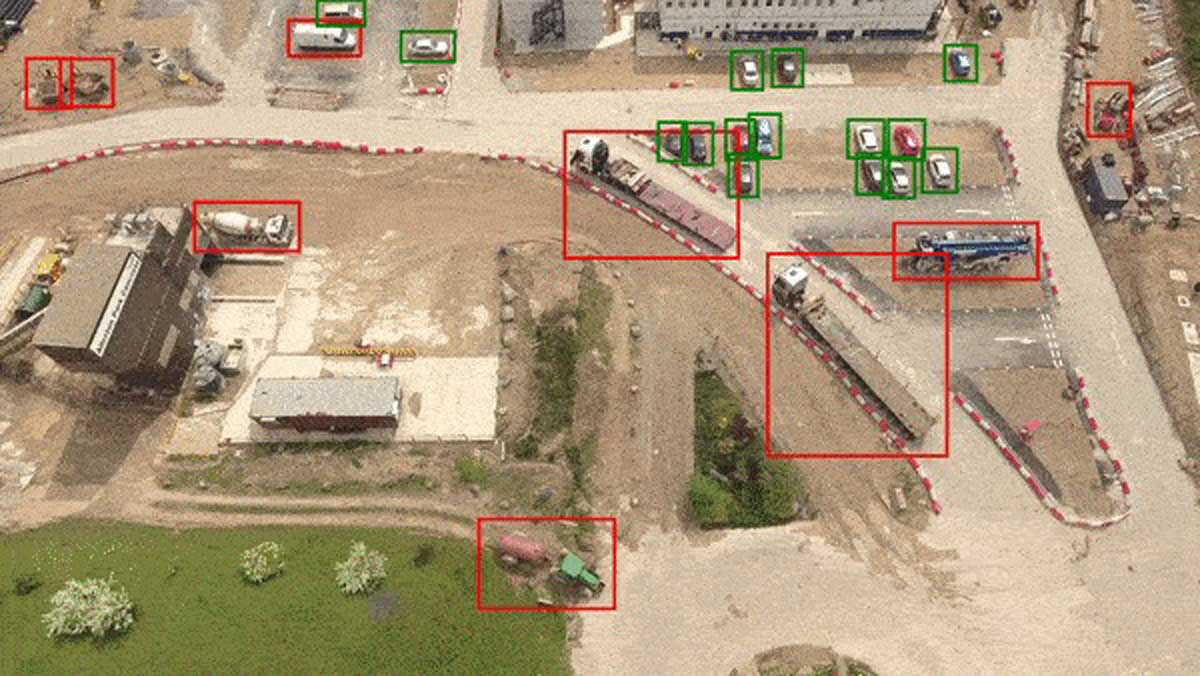

Time, costs and potential risks are examples of project limits. Understanding project constraints is crucial as they affect project performance. The management of construction projects, like any other projects, involves phases. From design and planning to schedule to actual construction, each element is intricate and a component of a more involved overarching process. In all this, the lynchpins are project managers, who are at the frontline of initiatives of all sizes, where they lead, manage and strive for timely completion.
The underlying cause of human error is an insufficiently defined workflow system. With the growth of technology, however, it is possible to eliminate human workplace errors as well as be able to determine the exact human resources that will be required at any given point in time for a project. This enables organisations to budget accordingly, making efficient use of resources.
Technology has also been a bonus in quicker project completion, which is advantageous for all enterprises. In construction, project turnaround time and timely feedback are essential to ensure that the project stays on schedule and under budget until completion. It is prudent to optimise design and construction processes to expedite the project at a fair cost. A quicker turnaround time for real-estate developers means that tenant spaces can be sold or rented more quickly.
How can technology be leveraged as a solution to monitor resources efficiently in construction projects?
Naushad Panjwani says that the construction industry in general is in the throes of technological absorption. Project Management is lagging by a mile. There is a technological explosion on-going all around us such as Big Data, cloud computing, machine learning, artificial intelligence, augmented reality, drones and metaverse; and it's time that project management caught up. Good project management consultants have adapted and adopted these new-age technologies which go beyond the Gantt Charts. Here are a few examples:
1. RFIDs: To monitor and track the movement of men and machines for security, access control, efficiency and cost capturing purposes.
2. Scanners: Digital, thermal, handheld, wall mounted, and drone fixed scanners for measurements and accuracy.
3. Cloud-based technologies: These are helping remote operations in a more integrated manner.
4. Drones: No longer used only for flat images and videography, these are the same cutting-edge technologies which are fitted on satellites, used for image-based computing, algorithms, automated flight paths, net-based uploads, transmission, processing and computing using machine learning for a host of analytics ranging from simple measurements, contour analytics, and complicated and detailed area and volume analysis. The high-res images are also used to capture the progress at the site. Remote authorisations are now possible for slabs at the site by laying GFCs over real-time images to check for variances before concrete is poured.
5. Remote CCTV monitoring: These are used for security, safety, compliance and discipline.
6. Artificial intelligence: Machines are continuously learning as increasingly more data is processed. Past trends are no longer consigned to human memory.
7. 3D printers, AR tools and others: Such advanced technologies will all converge into the metaverse.
All these technologies are leading the way toward better planning, aggressive scheduling, resource maximisation, cost rationalisation, and less dependence on humans and other variables.